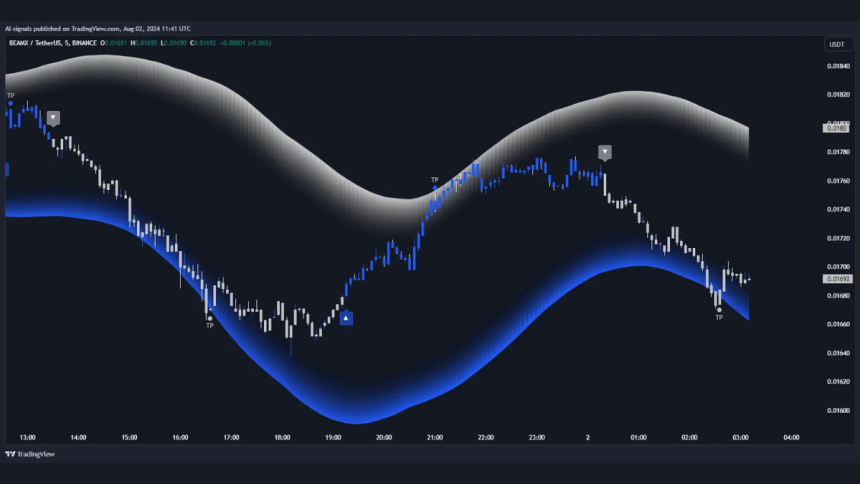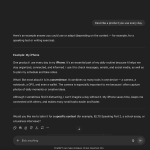Understanding Order Flow Data
Order flow data provides traders with an in-depth view of market activity by showing the actual buy and sell orders being executed in real-time. This data reflects the dynamics of supply and demand, allowing traders to see which participants are influencing price movements at any given moment.
Order flow is primarily composed of:
– Market Orders: These are executed immediately at the current market price.
– Limit Orders: These are set at specific price levels and wait to be filled.
– Volume: The number of shares or contracts traded over a given time frame.
By analyzing order flow data, traders can gain insights into potential price movements based on the volume and direction of trades.
The Fundamentals of Technical Indicators
Technical indicators are statistical calculations based on historical price and volume data, used by traders to forecast future price movements. These indicators help identify trends, reversals, and market momentum through various mathematical formulas.
Common types of technical indicators include:
– Moving Averages: Used to smooth out price data over a specified period.
– Relative Strength Index (RSI): Measures the speed and change of price movements to identify overbought or oversold conditions.
– Moving Average Convergence Divergence (MACD): Shows the relationship between two moving averages of a security’s price.
Technical indicators rely heavily on historical data, often lagging behind current market conditions.
Key Differences Between Order Flow Data and Technical Indicators
While both order flow data and technical indicators are essential tools in order flow trading, they serve different purposes and provide distinct insights:
Real-Time Information vs. Historical Data
Order flow data offers real-time insights into market transactions, reflecting current supply and demand dynamics. In contrast, technical indicators are based on historical price movements, which may not accurately represent present market conditions.
Focus on Market Participants vs. Price Trends
Order flow emphasizes understanding who is trading (e.g., retail vs. institutional investors) and how their actions influence market sentiment. Technical indicators focus primarily on price trends and patterns without considering the motivations behind those movements.
Predictive Power
Order flow can predict short-term price movements more effectively than technical indicators since it captures real-time buying and selling pressure. Technical indicators often lag due to their reliance on past data, which can lead to delayed signals for traders.
The Role of Market Sentiment
Understanding market sentiment is crucial for successful trading strategies. Order flow data provides insights into how traders feel about a particular security, as it shows the intensity of buying or selling activity at specific prices.
Measuring Sentiment Through Order Flow
By analyzing the balance between buying and selling orders, traders can gauge market sentiment:
– Bullish Sentiment: A high volume of buy orders indicates optimism among traders, potentially leading to upward price movement.
– Bearish Sentiment: An influx of sell orders signals pessimism, suggesting potential downward trends.
Contrarily, technical indicators often fail to capture these nuances in sentiment, as they do not account for who is making trades or their intentions.
Advantages of Using Order Flow Data
Incorporating order flow data into your trading strategy offers numerous advantages:
Enhanced Decision-Making
Real-time insights allow traders to make informed decisions based on current market conditions rather than relying solely on historical trends.
Identifying Key Support and Resistance Levels
Order flow analysis helps in pinpointing significant support and resistance levels by observing where large volumes of buy or sell orders are placed.
Better Entry and Exit Points
By understanding the order book’s dynamics, traders can identify optimal entry and exit points that align with current market sentiment.
Limitations of Technical Indicators
While technical indicators can provide valuable insights, they also have notable limitations:
Lagging Signals
Since most technical indicators are based on historical data, they tend to offer signals that lag behind actual market movements, potentially leading to missed opportunities.
Over-Reliance on Patterns
Traders may become overly reliant on chart patterns or signals generated by indicators without considering underlying market fundamentals or order flow dynamics.
Risk of False Signals
Technical indicators can generate false signals during volatile market conditions or periods of low liquidity, leading to poor trading decisions.
Practical Applications: Where to Use Each Approach
Both order flow data and technical indicators have their places in a trader’s toolkit. Here’s how to effectively utilize each method:
When to Use Order Flow Data
– Day trading or scalping strategies where real-time insights are critical.
– Situations where understanding market sentiment is essential for making quick decisions.
– Environments characterized by high volatility where traditional methods may falter.
When to Use Technical Indicators
– Long-term trading strategies focused on identifying broader trends.
– Analysis in stable markets where historical patterns can provide reliable signals.
– When combining multiple indicators for confirming trade setups before execution.
Case Study: Analyzing a Trading Scenario
Let’s consider a hypothetical scenario involving a stock experiencing heightened volatility due to earnings announcements:
1. Order Flow Analysis: A trader observes an increase in buy orders leading up to the announcement. This indicates bullish sentiment among investors anticipating positive results.
2. Technical Indicator Confirmation: Simultaneously, the trader checks the RSI indicator and sees it approaching overbought territory but still has room before signaling a reversal.
3. Execution: Based on this analysis, the trader decides to enter a position just before the announcement, confident that order flow will drive prices higher if earnings exceed expectations.
This case illustrates how integrating order flow with technical analysis can lead to well-informed trading decisions that capitalize on immediate market sentiments backed by systematic analysis.
Integrating Both Approaches for Successful Trading
The most successful traders often combine both order flow data and technical indicators into their strategies for a holistic view of the market:
– Use order flow data for timing entries and exits based on real-time buyer/seller activity.
– Apply technical indicators for broader trend analysis and confirmation before executing trades.
By leveraging both methodologies, traders can mitigate risks associated with relying solely on one approach while enhancing their overall trading effectiveness.
Final Insights on Choosing Your Trading Strategy
As you refine your trading strategy, consider your personal style—whether you prefer fast-paced decision-making or a more analytical approach focusing on long-term trends. Understanding how order flow data differs from technical indicators will empower you to navigate markets with confidence, making informed decisions that align with your financial goals. Embrace these tools not as rigid rules but as flexible components in your broader strategy that adapt as markets evolve.
Lynn Martelli is an editor at Readability. She received her MFA in Creative Writing from Antioch University and has worked as an editor for over 10 years. Lynn has edited a wide variety of books, including fiction, non-fiction, memoirs, and more. In her free time, Lynn enjoys reading, writing, and spending time with her family and friends.















